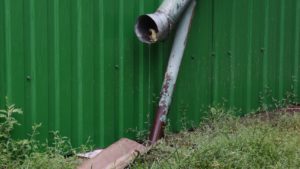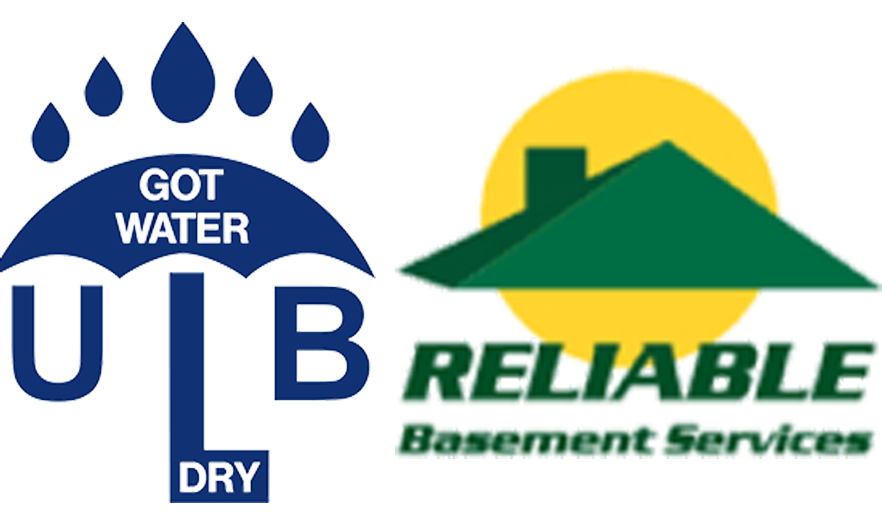
You know the importance of a dry basement, but do you realize the role your landscaping plays in keeping your basement from flooding? Poor drainage in your yard can cause a recurring problem with flooding until you do something about it. A French drain is a simple solution, providing an alternate route for water to flow along the path of least resistance. To install it, you need a perforated pipe and gravel.
- Think about your outlet. Look at the grade of your yard and find the areas that direct water toward your foundation. The goal is to redirect water from these pathways into a better locale. Be careful about where the drain is pointing; you don’t want it to empty into your neighbor’s yard, a well-loved area in your yard, or onto the sidewalk. Ideally, your drain will empty into the storm sewer; if that’s not possible, find a spot where the drain end will meet daylight.
- Decide the width of your trench. Trenches can be anywhere from 6-24 inches wide but that’s often based on how much the homeowner wants to dig. With a backhoe, digging a wide trench is easy, while a shovel makes even a narrow trench tedious. Consider, though: a wider trench will collect more water and won’t clog as easily. Make the trench at least 2-3 feet deep, 6 feet away from the foundation, to pull water away from your house.
- The slope is important. When deciding depth, account for a downward slope. The trench should drop at least a foot for every 100 feet of length, for a 1% grade, though a steeper slope is fine. You can measure this by placing two stakes next to the trench, one on each end. Run a string between them, adjusting its height until it’s level. Then measure from the bottom of the trench to the string to determine the depth.
- Fill your trench with gravel. Line the trench with permeable landscaping material, overlapping any seams and allowing the extra fabric to wrap on top. Put down 2 inches of washed gravel large enough to avoid clogging your pipe. A rigid plastic pipe makes it easy to maintain the slope and can be cleaned with a sewer snake. Put the perforated pipe on the gravel with the holes down, fill the trench with gravel up to 2 inches below ground, and cover with the fabric. Cover with dirt and grass seed or sod.
If your basement needs waterproofing, ULB-DRY Waterproofing can help. A family-owned and operated company, we’ve served the greater Chicagoland area for more than ten years. We offer a full spectrum of basement services, charging reasonable rates for work that includes crack repairs, sump pump systems, basement waterproofing, basement windows, and floor repair. Our high standards have made us an award-winning Chicago basement waterproofing contractor and earned us thousands of satisfied customers. For more information, call (708) 978-7558 or visit our website.





